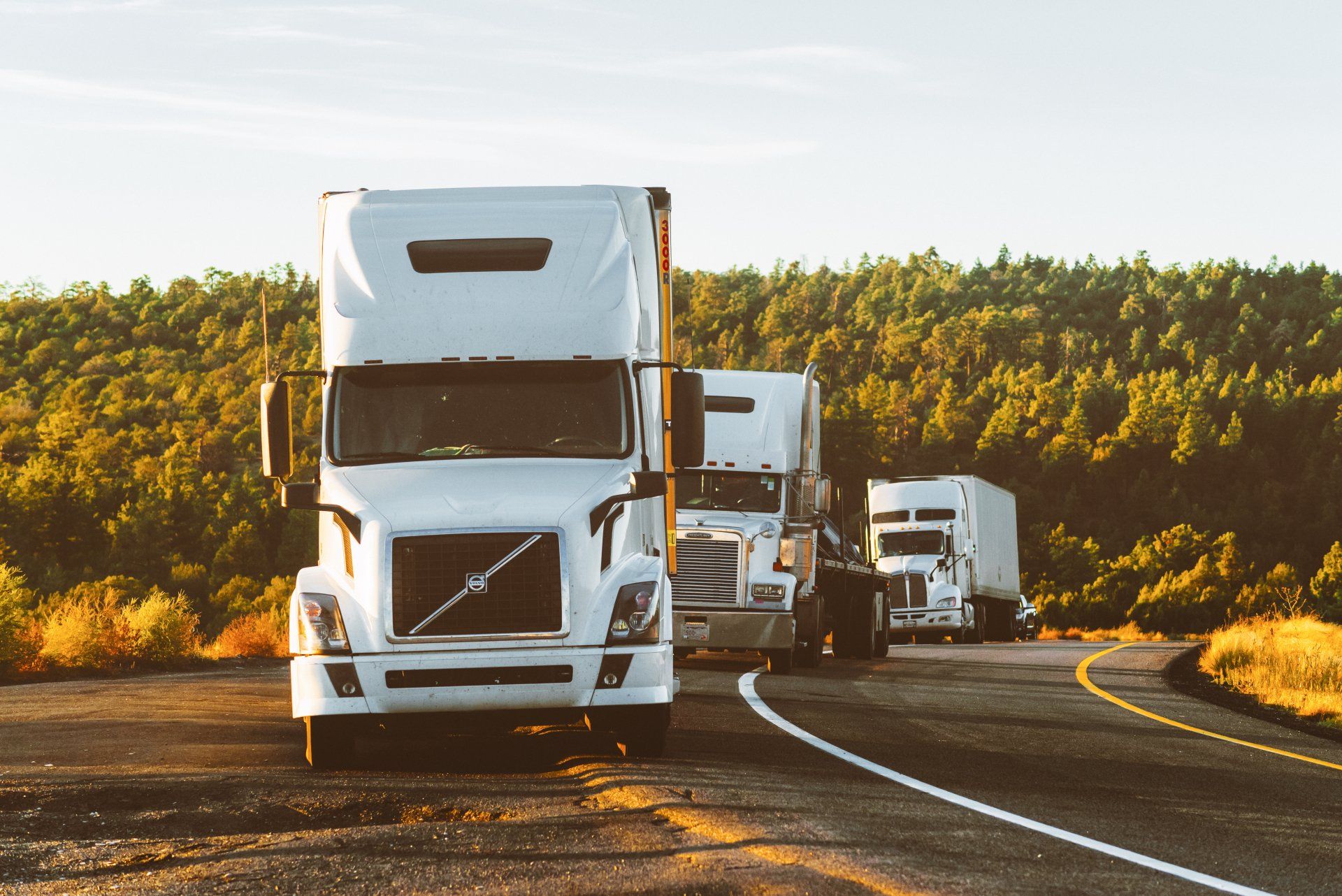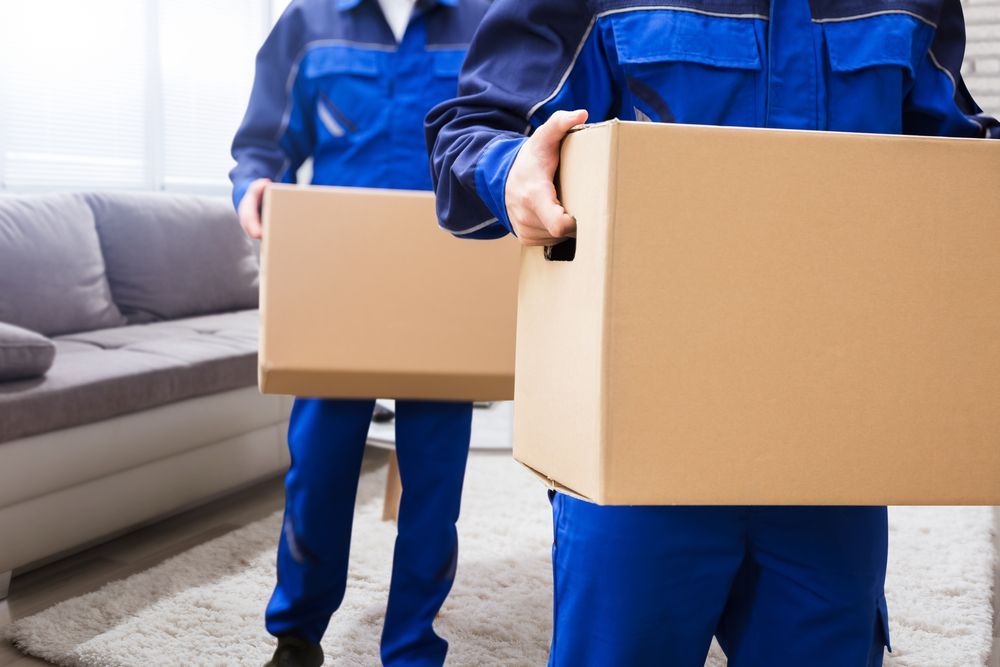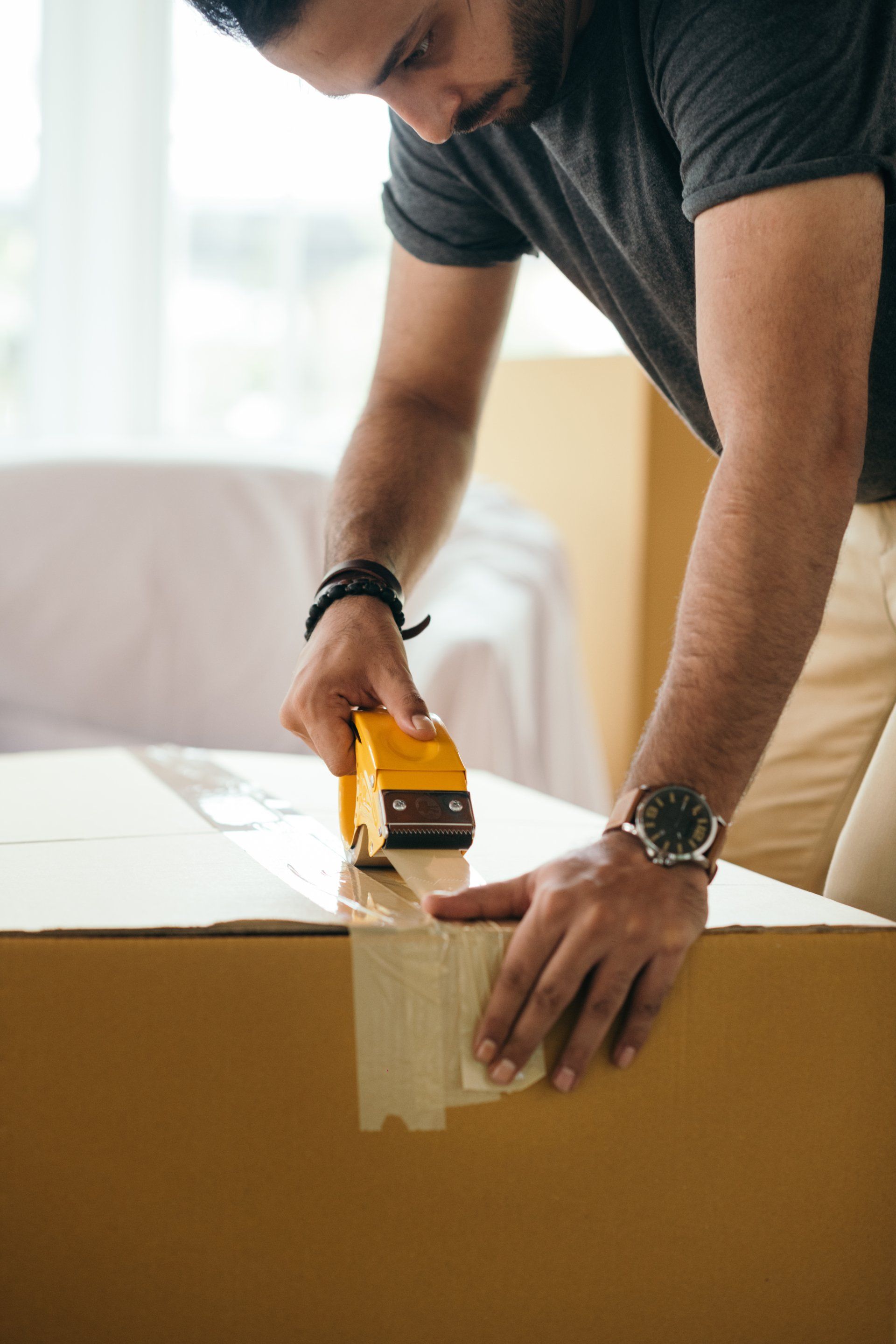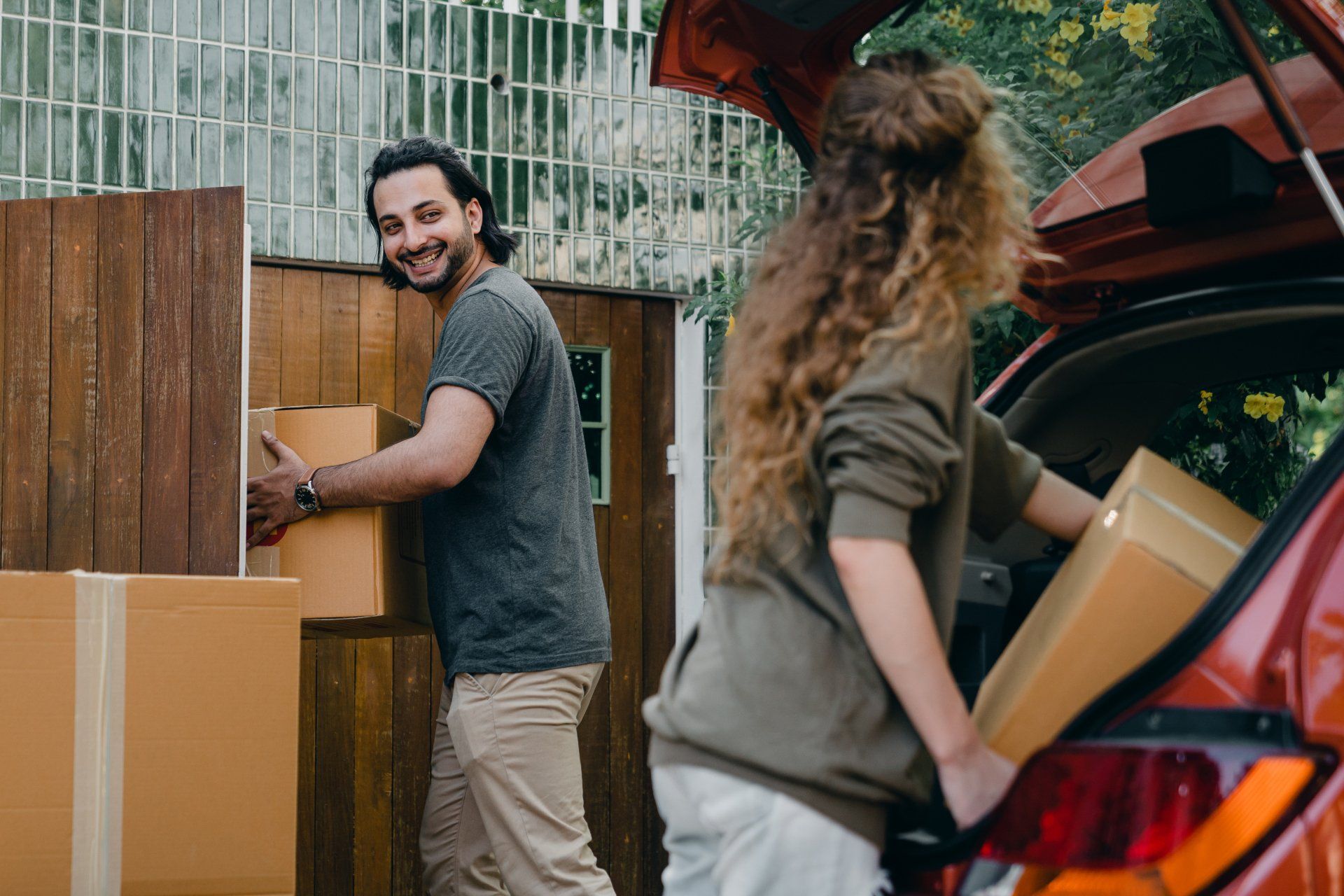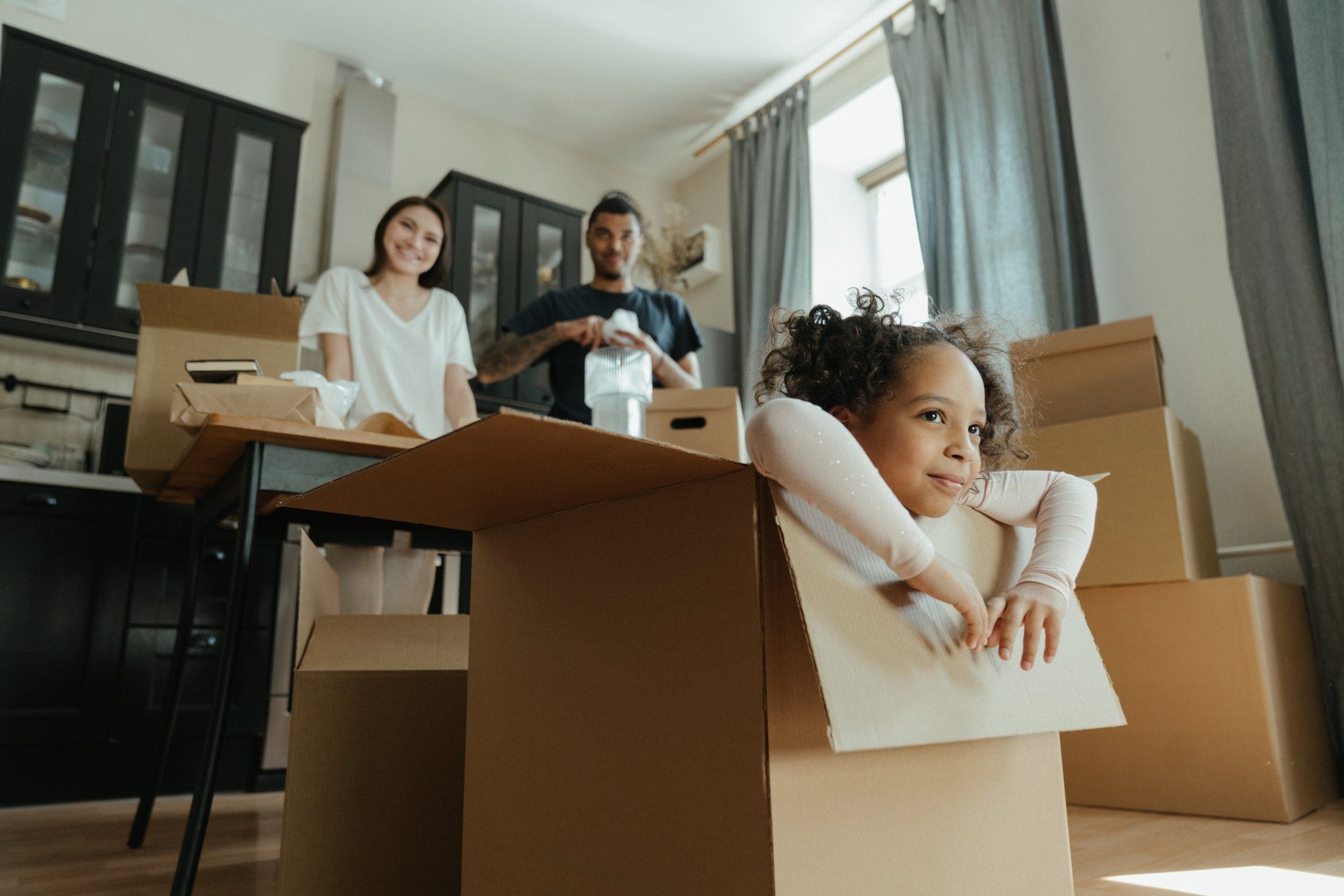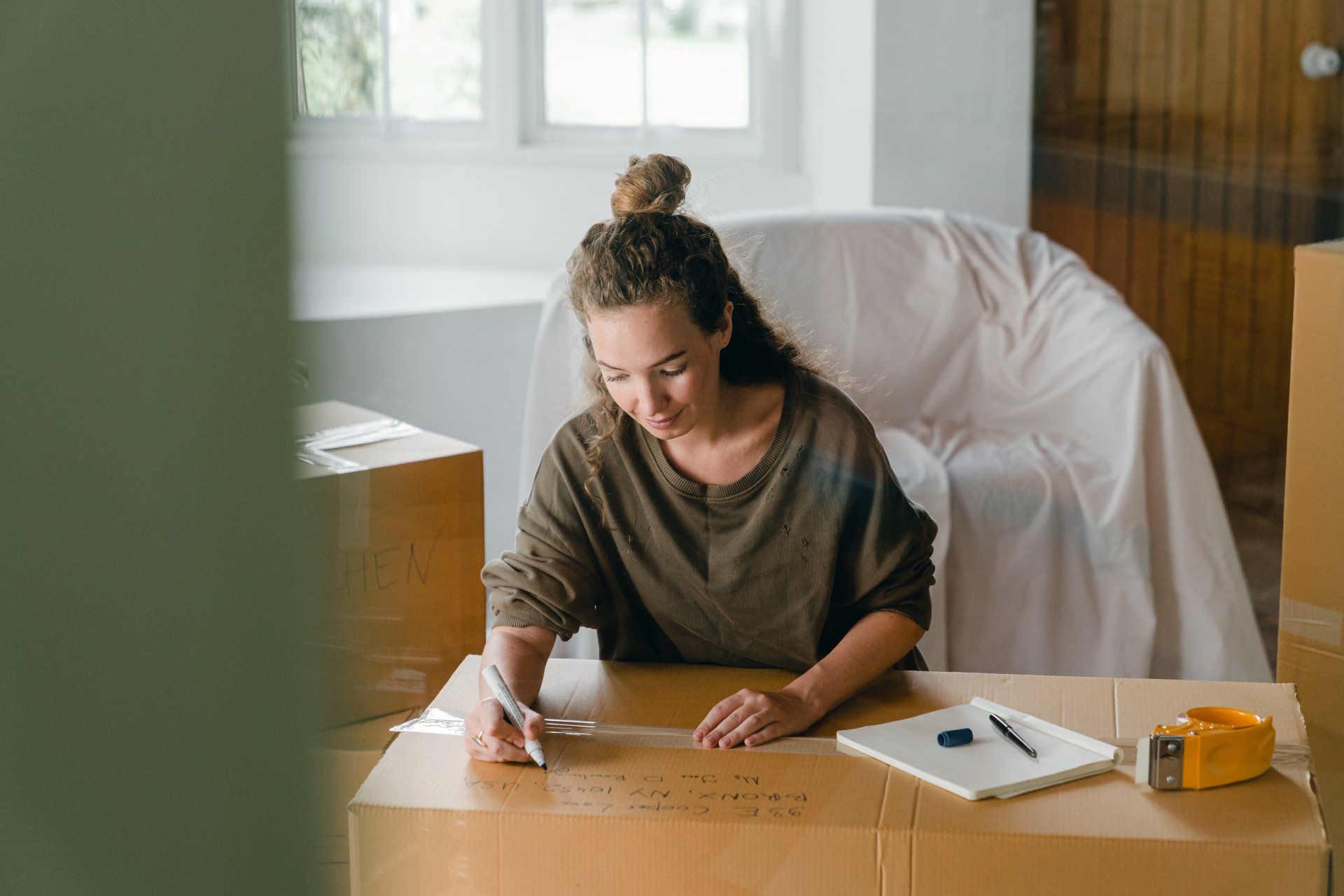How to Maintain Your Wood-Burning Fireplace
As winter winds howl and snowflakes flutter, nothing quite compares to relaxing in front of a warm and inviting fireplace. However, for the safety of your home as well as its air quality it is necessary that you maintain your fireplace regularly. If neglected, an unkempt hearth may not only become dangerous but can also hinder one's enjoyment from this wintertime experience. To ensure these issues are avoided and to make certain that you reap all the benefits intended when using a fireplace - read on!
Get Ready to Get Cozy: An Introduction to Wood-Burning Fireplaces
Keeping your fireplace and chimney clean is essential for safety, efficiency and proper performance. Regular maintenance — including cleaning — also helps prevent the buildup of creosote, a flammable byproduct of burning wood. Creosote can accumulate in both the firebox and the chimney, so make sure to keep those areas swept out regularly. A professional sweeping is recommended twice a year (before each burning season) or if you notice an excessive buildup of soot or creosote.
Regular inspections help identify any potential issues with your fireplace before they lead to major repairs or even dangerous fires. Look for cracks in bricks, loose mortar joints, missing tiles inside the flue, water damage around the base of the masonry structure, or any other problems. If you notice these signs of damage, it’s time to call in a professional for repairs. Other important maintenance tasks include inspecting the flashing around the base of your chimney and testing the damper — which is usually located just above the firebox — to make sure it opens and closes properly. A good rule of thumb is to check that your damper seals tightly when closed (not leaving too large a gap between the top two sections).
Nurturing Your Hearth: How to Preserve a Safe and Efficient Fireplace
After every fire has been extinguished, and the ashes have cooled down, be sure to sweep away any lingering ash with an ash vac. Plus don't let all that residual debris go to waste! It can actually act as a great fertilizing agent for flower beds due its nutrient-rich composition.
Always remember to sweep your chimney regularly for the safety of you and your home. A certified professional should inspect it annually, as soot and creosote tend to accumulate over time when used. Not cleaning up this buildup can lead to a hazardous fire - one that could potentially cause major damage beyond the damper area (which is only meant to withstand hot smoke/gases). To prevent such an event from occurring, remain vigilant in maintaining a clean fireplace environment throughout the year!
An inspection and cleaning is required every year, however more frequently if the creosote build-up reaches 1/8 inch or higher. To protect your home from potential damage to masonry caused by acids created when humidity in warm summer air combines with creosote, plan to have a chimney sweep at the end of each season before temperatures rise.
To ensure the safety of your home, a chimney sweep will always take certain precautions before proceeding with their work. They'll cover the area around your fireplace with a drop cloth and wear a respirator to protect themselves from breathing in soot and creosote dust. Furthermore, they'll conduct an inspection for any cracks or missing bricks as well as make sure that the damper is working correctly; additionally, verifying if your chimney cap is still secure and if there are any structural issues present in the chimney itself.
Fireplace Safety - How to Enjoy your Hearth with Peace of Mind
When using a fireplace to heat your home, there are safe techniques that need to be followed. It is important to make sure the wood being used is dry and free of pests such as termites, ants, and spiders. Wet wood can cause too much smoke or soot buildup in the chimney which can lead to fires. If the wood looks spongy or if it has small holes from insects, it should not be used.
In addition, always inspect the flue of the chimney before use for any blockage or creosote buildup. Creosote is a byproduct of burning wood and it can catch on fire if left untreated. Also check the inside of the fireplace for any obstructions such as paper, branches or other objects that may be lodged inside.
Finally, use a fire screen in front of the fireplace to prevent sparks from flying out and causing a fire. Keep combustible materials away from the area and never leave a fire unattended. By following safe techniques, you can enjoy your fireplace safely and securely.
Keep your Fireplace in Optimal Shape with Regular Maintenance
When it comes to selecting wood for your safe fireplace, make sure you select only dry, seasoned wood that has been split for at least 6 months. The most efficient fires are fueled by hardwoods such as oak, hickory or maple as they create less smoke and burn longer than softwoods like pine or cedar.
Be sure to store firewood outside of the home and away from flammable materials. And if possible, store them off the ground in a covered area with plenty of ventilation to keep pests from invading your fuel source. Additionally, don’t forget to keep items such as lighters and matches out of reach from children so they won't accidentally start a fire.
Deciding What is Safe to Burn and What Should Be
Avoided
It is important to know what wood is safe to burn in a fireplace. Soft wood, such as pine, should not be burned in a fireplace because it can release more creosote than hard wood when burned. Burning soft wood also creates much more smoke and soot which can be hazardous to your health if inhaled.
Hard wood, such as oak or maple, is the best choice for burning in a fireplace because it burns slower and produces less smoke compared to soft wood. It is important to avoid burning treated wood or any wood that has been painted or stained as this could produce toxic fumes and contribute to air pollution.
Additionally, burning plastics, rubber tires, garbage items (including cardboard), particle board, plywood or pressure-treated wood is highly discouraged. These items can release dangerous toxins into the air and put you at risk for health complications. It is always best to check with your local fire department before burning wood in a fireplace to ensure it is done safely. The information above outlines what wood should be burned in a fireplace and what wood should not be burned in a fireplace.
The key takeaway from this information is that hard wood, such as oak or maple, is the safest choice for burning in a fireplace because it burns slower and produces less smoke compared to soft wood. Burning treated wood or any wood that has been painted or stained should also be avoided as these could produce toxic fumes and potentially harm inhabitants of the home.
Start Your Fireplace With Confidence
Starting a wood fire in a fireplace is one of the most traditional methods for providing warmth and light in your home. To start an efficient wood fire, follow these simple steps:
1. Gather your wood. You can use wood logs, wood chunks, or wood pellets as fuel for your fire. Make sure to gather enough wood so that it will burn steadily throughout the night.
2. Clean out and prepare the fireplace. Remove any debris from the fireplace such as ashes or dirt to ensure there are no blockages that could impede airflow and create smoke problems down the line. Ensure you have all the necessary tools, like fire starters, lighters, and matches nearby before beginning your fire.
3. Place wood in the fireplace. Start by laying wood logs or wood chunks at the back of the fireplace, creating a sturdy base for your fire. If using wood pellets, sprinkle them evenly throughout the wood pieces to help create an even burn.
4. Add kindling and tinder to start the fire. Place small pieces of wood such as birch bark, dry leaves, or wood shavings around the wood layer you created earlier. Light these with a match or lighter and stand back as they should ignite fairly quickly and begin to spread through your wood pile.
5. Once your fire is going, add more fuel if needed. Monitor it closely to make sure it doesn't get too hot and that smoke isn't produced excessively - this can be a sign of improper wood placement or insufficient air flow.
With these steps, you can create an efficient wood fire in your fireplace and keep your home warm for hours. Enjoy! Happy Fire Building! If you're looking for someone to help you move a fireplace Out of State,
get a free moving quote today!
